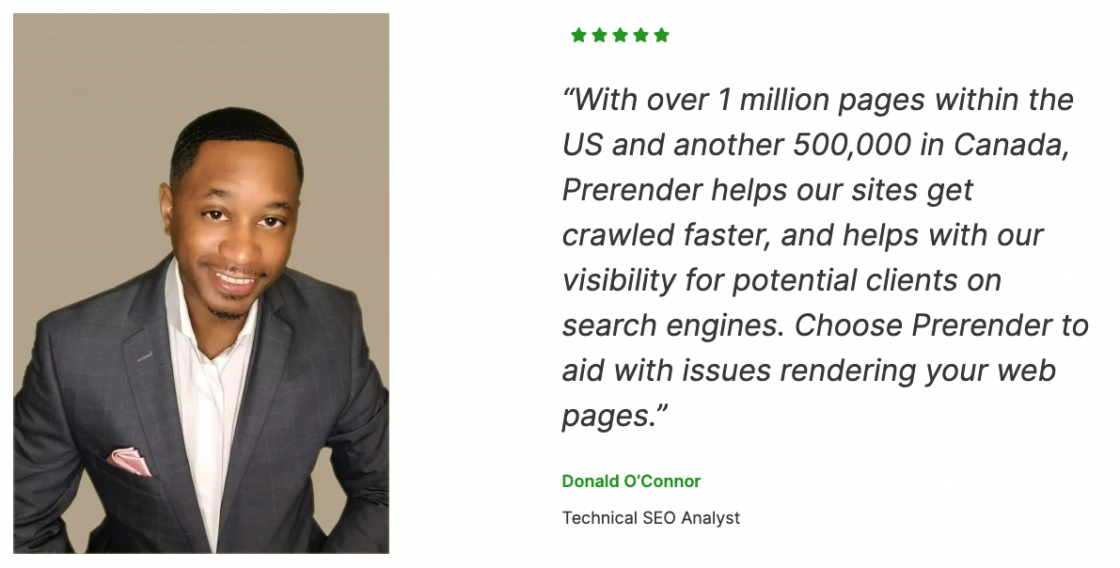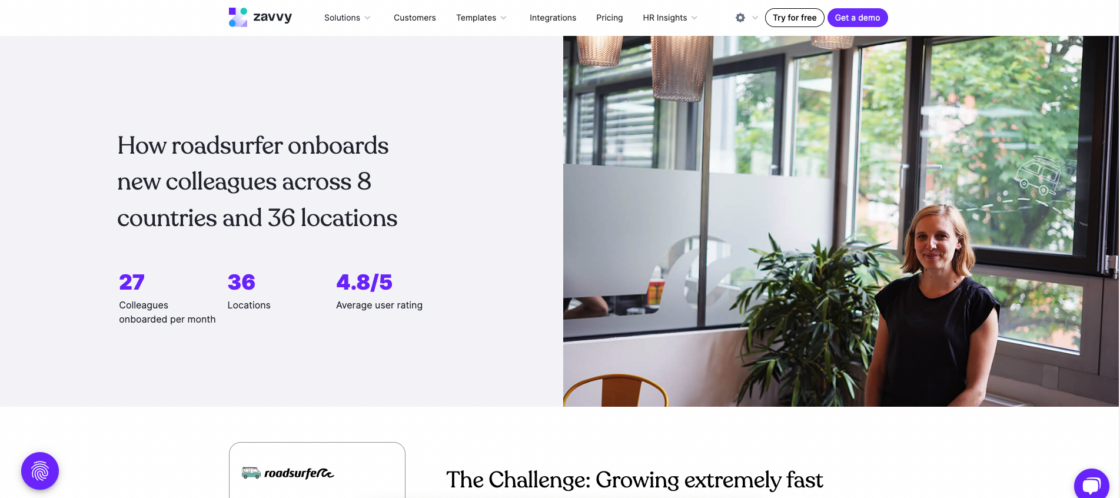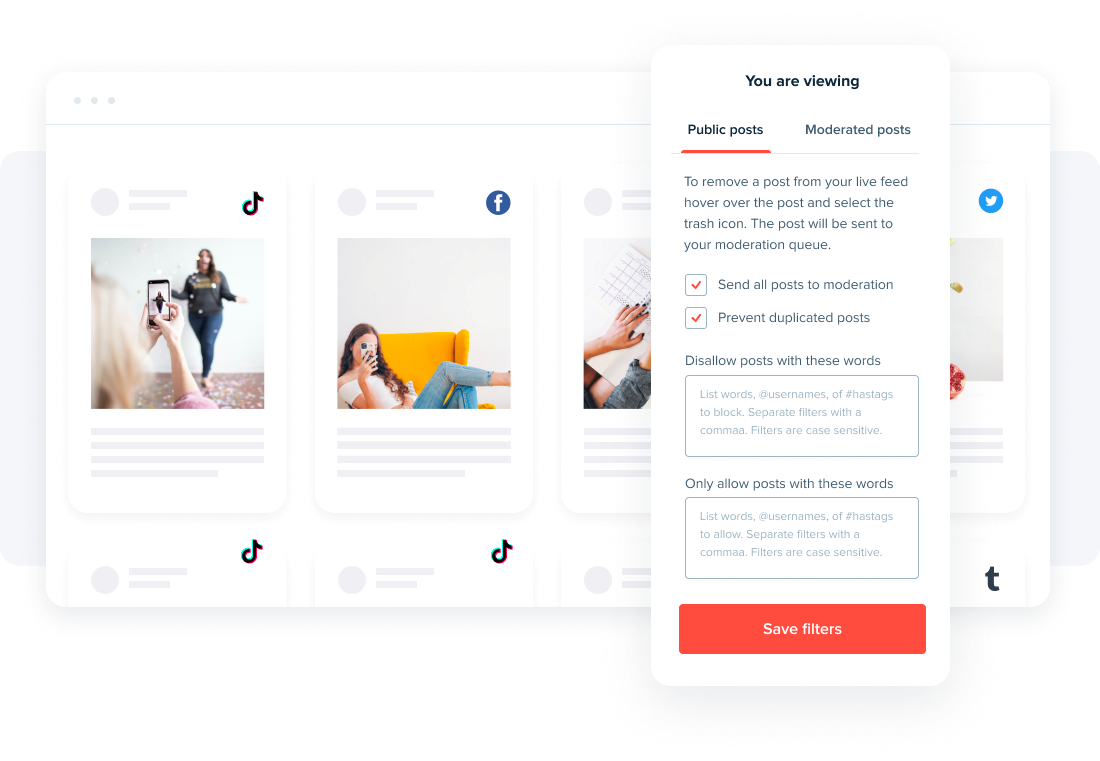Many businesses spend hours creating original content (such as blogs and social media posts) to promote their brand and showcase social proof. However, they often forget they already have one of the most effective gizmos in their toolbox: customer testimonials.
According to a study, 9 out of 10 respondents agree that they trust what a customer says about a business more than what the business claims about itself.
So, if you haven’t utilized the reviews left by happy customers to boost sales, keep reading. In this blog, we’ll discuss some effective formats to showcase client testimonials on your website, where to display them, and the tools you need to make the job easy.
5 Effective Formats for Customer Reviews
The goal of displaying customer testimonials is to transform doubt into buying decisions. Therefore, whichever format/s you choose from the list below, every testimonial should reflect on a few key items, namely what the product is, how it has helped them (e.g., most liked features and methods), and its overall rating.
1. Text testimonials
Text-based testimonials are perhaps the most commonly used format for business websites. This usually comes in a quotation block containing 2-5 sentences and summarizes the success story (or highlights unique selling points) of a product.
Add a photo, the reviewer’s name, and their job title (if relevant) to the testimonial for a more personalized touch. You can also play with different text formats, such as changing the font color or underlining important keywords.
Example: In this testimonial snippet from Prerender (a SEO optimization tool), the customer highlights the tool’s positive impact on his business and turns himself into a brand ambassador. When a customer vouches for a product, prospective buyers will more easily trust the brand.

2. Image testimonials
Although text-based testimonials are great for relaying personal opinions, adding visuals can multiply the impact of the reviews. This method is especially effective in promoting products or services where showing is better than telling. For instance, the before and after photos of using beauty products or healthcare services.
By seeing the before and after pictures, buyers can see the actual results of using the products and visualize themselves experiencing the same outcome.
Example: A skincare company, bioClarity, incorporates the before and after photos on one of their product pages. This makes the product far more relatable and gives prospects concrete, visual results instead of a plain text-based assurance.
3. Video testimonials
Video testimonials have the highest conversion rate compared to other formats. One research discovered that 64% of customers make a purchase after watching branded videos. This is because almost 70% of people prefer watching videos to learn about new products or services to consuming static content, such as articles and infographics.
To create a great testimonial video, keep it simple and short but packed with crucial information. Ask the customer to share their thoughts in their own words to keep the tone modest and relatable.
Example: Codeacademy, an interactive coding course, interviews an ex-student to share his experience of learning from the platform. The video covers what he learned and how the earned knowledge ushered him into starting his own company.
4. Social media testimonials
Social media is the place to source user-generated testimonial content. Depending on the platform your users use, you’ll get an array of testimonial formats ranging from text testimonials on Twitter, image testimonials on Facebook and Instagram, videos on TikTok and YouTube, or a combination of all.
Remember to ask the creators for permission before you reuse their social media testimonials.
| Smart tip: video testimonials are just one of the TikTok content types to promote your brand. Discover 9 other creative ways to use TikTok for business, including creating behind-the-scenes and Q&A content. |
Example: In this TikTok video, a customer shares her thoughts on popular headphones after two months of use. Before giving a seal of purchase approval, she lists all the features she loves and even gives a short product demo.
Related Reading: What is user generated content?
5. Case studies
In some cases, especially for software as a service (SaaS) companies, solving customers’ problems is a long and winding journey. But once positive results are gained, this could be an excellent story to share in a case study format.
A case study is typically longer than other formats and is presented in a mixed form of texts, images, videos, and even infographics that summarize the whole story. It also usually starts by showing the results, then introduces the company’s background, how the products/services it uses solved its problems, and the more detailed version of the happy-ending results.
Example: Zavvy, an HR tool, created an elaborating case study on how it successfully helped its client onboard hundreds of new team members remotely. The case study is divided into three main parts: the challenges, solutions, and results, and uses a combination of quotation blocks, team photos, and embedded videos.

Best Places to Showcase Testimonials on a Website
Having great testimonials won’t be much of use if your website’s visitors don’t see them. So, what is the best spot to display them?
It’s difficult to say as each business has different marketing tactics and target audiences. That said, there are three common places where most websites feature their testimonials section.
The homepage
Generally, the homepage is the most visited page of a website. It is then logical to promote the excellent quality of your products from the user’s point of view here. You can combine the testimonial section with other information, such as the number of products you’ve sold and a short list of your biggest clients to further highlight your company’s achievements.
The pricing, sign-up, or specific product/service page
Sometimes prospects need more assurance to make them click the buy button. That’s why many websites add the testimonial section on their conversion pages like the pricing, sign-up, and specific product pages. It is recommended to keep the testimonials blurbs as simple as possible to retain the visitors’ focus on the page’s primary purposes.
A dedicated testimonial page
Some websites prefer having a dedicated testimonial page rather than incorporating it on other pages. With this strategy, you can display a long list of customer reviews without bulking the website layout. However, this also means your product reviews will only be accessible if visitors click on the testimonial page, not while checking out your home or product pages.
Choose Juicer to Build Your Social Proof Wall
Now you know the different testimonial formats and the best spots to display them. The next step is to learn how to add the testimonial block to your website.
If you opt to use the texts, images, video testimonials, and case studies, you must add them via your website development platform. But, if you choose to integrate the social media testimonials, you can either embed them manually one by one or use a social media wall aggregator tool like Juicer that will take care of the complicated process for you.

For example, you want to embed TikTok video testimonials on your website. With Juicer, you can accomplish this in just a few clicks:
- Sign up for a free account
- Connect your TikTok account to Juicer
- Customize the feed design to match your website’s look
- Choose the filter you want to implement (optional)
And that’s it! You now have a live TikTok feed embedded on your website. This means every new TikTok video testimonial (or other content, depending on your settings) will be automatically pulled out and displayed—without you having to copy-paste the video code into your website.
You can also use Juicer to embed testimonials from other popular social platforms, including Facebook, Instagram, Twitter, LinkedIn, Pinterest, and Vimeo. And it doesn’t matter what web development platforms you use; you can seamlessly integrate Juicer into your WordPress, Wix, and Squarespace website.
| Smart tip: we compare the steps to embed TikTok videos manually vs. using Juicer in this blog. See for yourself how the one-time setup from Juicer makes the process much simpler and saves you tons of time. |
Conclusions
Whether it’s about a $10 or $1,000 product, most buyers will look at customer reviews before deciding to purchase an item. That’s why showcasing your client testimonials on your website can significantly boost their confidence in your products, which in turn, increases your sales.
Build trust and credibility by adding customer testimonials on your website. Choose a format that resonates with your target audience, and show them proudly with Juicer. With just $19 monthly, you can aggregate, curate, and display your brand’s social proof from multiple social accounts. Not ready to invest yet? Simply sign up now, and we’ll give you a FREE account.
